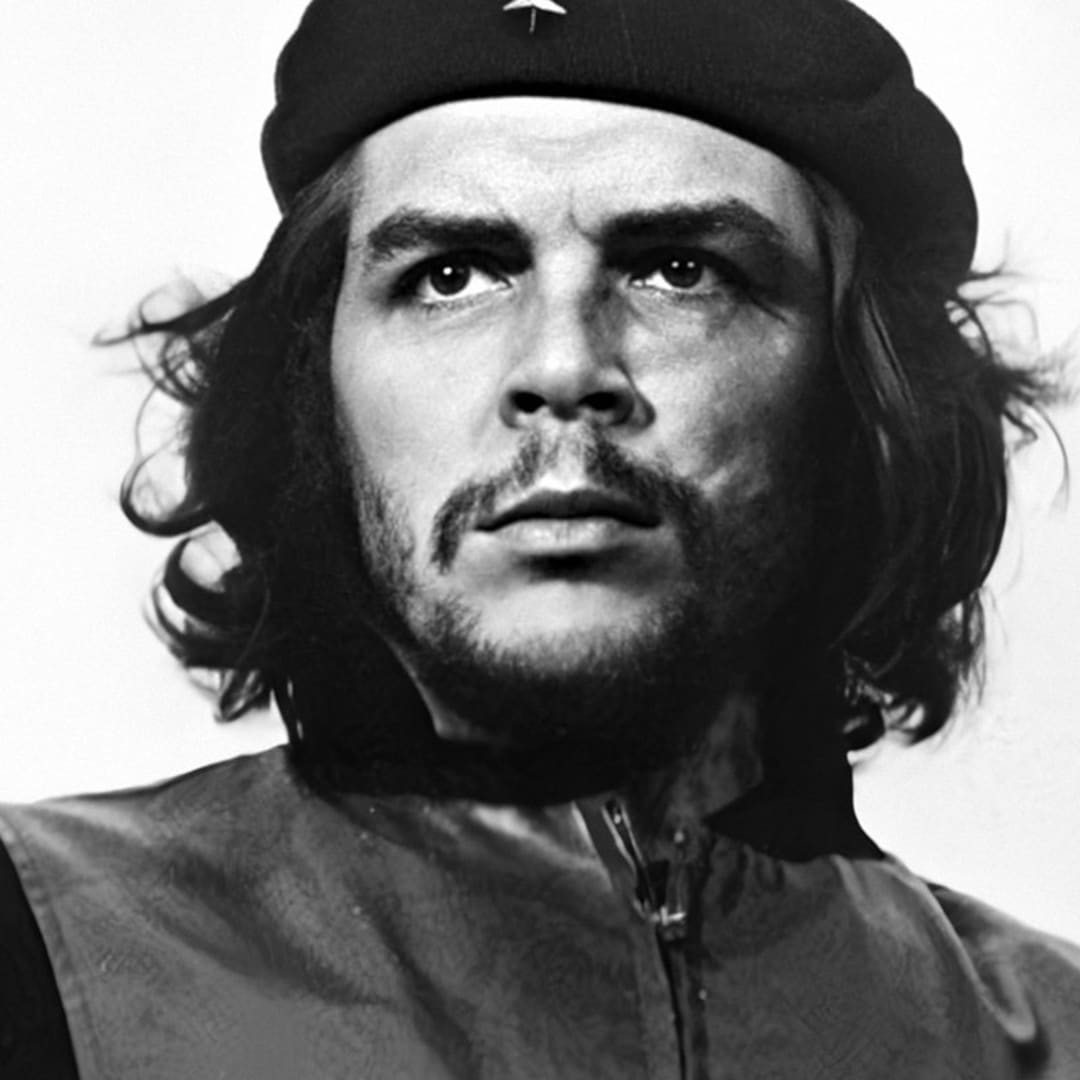That's exactly how Rebekah Jacob remembers feeling when she was on one of her first trips to Havana. Chinolope shrugged it off but she never could. The experience represents the twin hopes and frustrations of dealing with revolutionary Cuban photography, the kind she now sells at her gallery in Charleston, South Carolina.
Sixty years after they were made, these images are still gasp-inducing. There's the infamous Korda shot of El Che before it was cropped into the ubiquitous image emblazoned on coffee mugs and T-shirts around the globe. My favorite though, is the epic image of victorious riders on horseback captured by the late Raul Corrales.
"Cuban photography was hot in the 90s," Jacobs says. "In part because the revolutionary photographers were still alive and had access to American
markets. Galleries like the one in Mississippi I worked for at the time would come to the island in the Spring, bringing the photographers chemicals and paper they couldn't get on the island, and then come back in the Fall to pick up the work. "
The other part was the tireless lobbying of Sandra Levison who, in 1991, won a pioneering lawsuit against the U.S. Treasury Department that made it legal to import original Cuban art.
While the second generation of photographers who apprenticed under the masters (like Korda's printer Jose Figueroa) were moving on, doing conceptual work and documenting the lives of ordinary Cubans, American collectors were still gobbling up vintage prints of El Che and Castro.
Then Cuba stopped accepting payments in U.S. dollars and the Bush administration clamped down even harder on travel restrictions. Art collectors today could theoretically walk into darkrooms like Lopez's and take as many prints as they like back to the United States - if only they could spend dollars or pay with credit cards in Cuba.
While the second generation of photographers who apprenticed under the masters (like Korda's printer Jose Figueroa) were moving on, doing conceptual work and documenting the lives of ordinary Cubans, American collectors were still gobbling up vintage prints of El Che and Castro.
While the second generation of photographers who apprenticed under the masters (like Korda’s printer Jose Figueroa) were moving on, doing conceptual work and documenting the lives of ordinary Cubans, American collectors were still gobbling up vintage prints of El Che and Castro.
Then Cuba stopped accepting payments in U.S. dollars and the Bush administration clamped down even harder on travel restrictions. Art collectors today could theoretically walk into darkrooms like Lopez’s and take as many prints as they like back to the United States — if only they could spend dollars or pay with credit cards in Cuba.
“Cuba just didn’t have the bandwidth and the photographers got left behind.” By 2004, Jacobs wasn’t selling nearly as much work by Cuban photographers. “The Cuban photography market stalled and the inventory just contracted.”
The good news is that change is coming. On February 27th, 2015, the second round of talks to normalize relations between Cuba and the United States gets underway in Washington and that, Jacobs says, is renewing interest in the market for Cuban revolutionary photographers. The inventory of vintage prints is still low but ever since President Obama announced the move to end détente in December, collectors have perked up. Jacobs predicts prices to skyrocket in the next six months, regardless of how long it takes for travel to return to pre-embargo levels.
So what makes the work of Lopez, Corrales and Korda so collectable years after its propaganda value faded? It goes beyond the images themselves, a by-product of the unique access they had to Che and Castro during the revolution. “These were great craftsmen. They improvised everything and had to print in their bathroom sinks but each one had their own unique style. The tones were all very different. You can look at a print and know who made it.”
Jacob isn’t alone in her appreciation for and confidence in the market for Cuban photography. Here’s an excerpt from a recent piece in the Seattle Times.
That pipeline of art lovers is about to grow, predicts Alberto Magnan, whose Manhattan gallery Magnan Metz specializes in Cuban art. Magnan, who is currently in Havana, received 25 calls from collectors on Dec. 17, after Obama announced that the two countries would move to restore diplomatic ties. He is now booked through March with Cuba visits.“It’s absolutely crazy,” he said.
Even though Americans can visit Cuba under rules dating to 2009 that allow “purposeful travel” intended to foment contact with Cubans, many shied away, Magnan said.“It’s a hassle,” he said, referring to the need to get a license from the U.S. government and pay for works without using a U.S. credit card. Now, however, “they’re saying, ‘I want to go before everyone else does’.”

